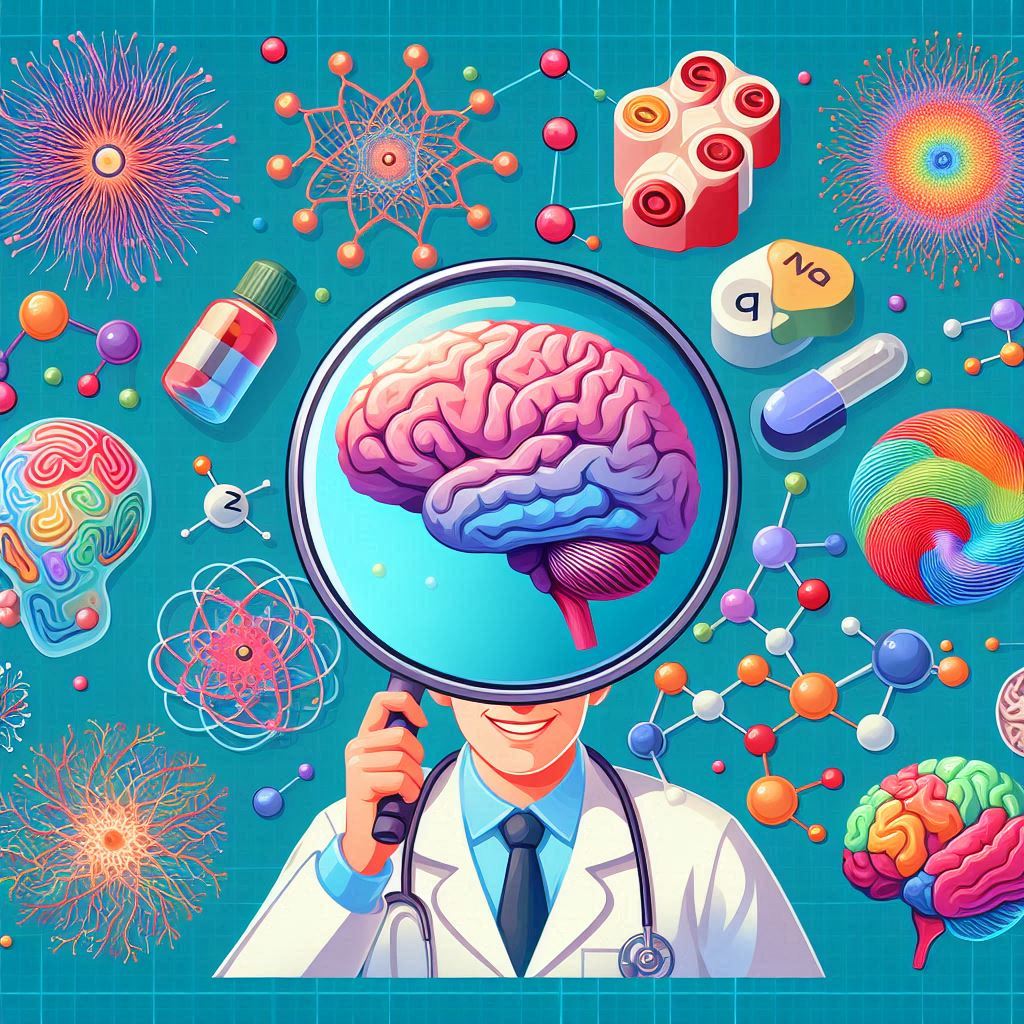MENTAL HEALTH
WHAT IS MENTAL HEALTH?
Mental health is a state which helps people to cope with the stresses of life. Mental health includes all the emotional, physical, psychological and social aspects which describe how we cope up with hassles and how we act to certain things. It embraces a variety of areas such as:
Emotional wellbeing: This includes emotions that can be both positive or negative and how you handle situations by being emotionally intelligent.
Physical wellbeing: This refers to taking care of your body through healthy eating, getting enough sleep and much more which will positively affect your mental health.
Psychological wellbeing: This covers all the cognitive functions and how we perceive the world around us. It also includes the ability to concentrate, make decisions and solve problems.
Social wellbeing: This mainly refers to our relationship with others.
Mental health can be affected by factors like genetics, life experiences and physical health. There are many ways to improve our mental health such as therapy, meditation, and mindfulness practices. Taking care of your mental health is the most important for every individual. One should prioritize self-care, stay connected and seek help whenever needed.
HOW IMPORTANT IS MENTAL HEALTH?
Mental health is very paramount as it significantly impacts each and every aspect of our lives. It affects our ability to think, feel and act. It can also improve our physical health. A good mental health fosters better relationships which helps us to communicate effectively and resolve conflicts. It really contributes to a higher quality life which allows us to pursue our goals.
COMMON MENTAL HEALTH DISORDERS:
- Anxiety disorders
- Depression disorders
- Bipolar disorder
- Schizophrenia
ANXIETY DISORDERS
There are several types of anxiety disorders according to the Psychiatric Association’s Diagnostic and Statistical Manual of Mental Disorders (DSM-5). Types of anxiety disorders include:
1. Generalized Anxiety Disorder (GAD)
Description: GAD involves persistent, excessive worry about various aspects of life, such as work, health, or social interactions.
Symptoms: Restlessness, feeling on edge, difficulty concentrating, irritability, muscle tension, sleep disturbances.
Duration: Symptoms usually persist for at least six months.
2. Panic Disorder
Description: Characterized by recurrent, unexpected panic attacks—sudden periods of intense fear or discomfort.
Symptoms: Rapid heartbeat, sweating, trembling, shortness of breath, feelings of impending doom, and detachment from reality.
Frequency: Panic attacks can occur randomly or in response to specific triggers.
3. Social Anxiety Disorder (Social Phobia)
Description: Involves intense fear or anxiety in social situations where one may be judged or scrutinized by others.
Symptoms: Avoidance of social situations, excessive self-consciousness, worry about being humiliated or embarrassed.
Impact: This disorder can limit social interactions, career advancement, and overall quality of life.
4. Specific Phobias
Description: Extreme fear of a specific object, situation, or activity that is generally not harmful (e.g., heights, animals, flying).
Symptoms: Avoidance of the feared object or situation, intense anxiety upon exposure.
Impact: Phobias can restrict activities and experiences, depending on the fear trigger.
5. Agoraphobia
Description: Fear of situations where escape might be difficult or help unavailable during a panic attack.
Symptoms: Avoiding crowded spaces, public transportation, open spaces, or leaving home.
Severity: In severe cases, individuals may become housebound.
6. Obsessive-Compulsive Disorder (OCD)
Description: Involves unwanted, persistent thoughts (obsessions) and repetitive behaviors or rituals (compulsions) aimed at reducing anxiety.
Symptoms: Repetitive behaviors (e.g., handwashing, checking locks), intrusive thoughts about harm or contamination.
Cycle: Individuals feel compelled to perform these behaviors to relieve anxiety temporarily.
7. Post-Traumatic Stress Disorder (PTSD)
Description: PTSD develops after exposure to a traumatic event, such as violence, natural disasters, or accidents.
Symptoms: Flashbacks, nightmares, severe anxiety, and intrusive memories related to the event.
Impact: Avoidance of reminders of the trauma, emotional numbness, hypervigilance.
8. Separation Anxiety Disorder
Description: Excessive anxiety about being separated from a person or place, often associated with children but also affecting adults.
Symptoms: Fear of being alone, nightmares about separation, physical symptoms when separation is anticipated.
Context: Common in children but can also persist into or develop in adulthood.
9. Selective Mutism
Description: A rare disorder where a person cannot speak in specific social situations, despite being able to speak in others.
Symptoms: Consistent failure to speak in specific social settings (e.g., school), while speaking normally in comfortable settings.
Onset: Often starts in childhood and may be linked to social anxiety.
Each anxiety disorder has distinct symptoms and treatment options, often involving a combination of therapy, lifestyle changes, and sometimes medication.
